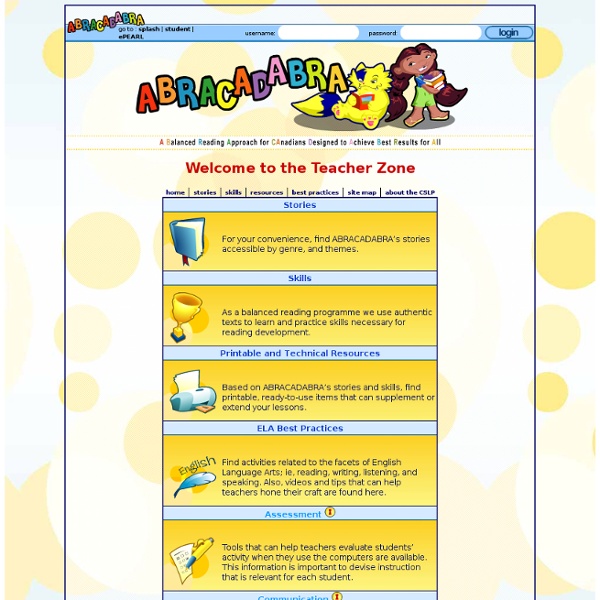



Poetry Editor & Poetry: 10 Ways to Read a Poem 1. Get comfy and enjoy your first reading. Relax into the experience without trying to analyze anything. 2. 3. 4. 5. 6. 7. 8. 9. 10. © 2015, Mary Harwell Sayler has 3 books of poetry, Outside Eden and Beach Songs & Wood Chimes, published by Kelsay Books in 2014 and, in 2012, Living in the Nature Poem published by Hiraeth Press with an e-book version released in 2014. Conjugate Verbs |Conjugation English Verbs | Conjugated Verbs Children's Library : Free Books : Free Texts Publisher's chromolithographed pictorial wrappers favoritefavoritefavoritefavorite ( 22 reviews ) Topics: Brothers and sisters, Orphans, Conduct of life, Education California Digital Library by Crane, Thomas, b. 1843? texts eye favorite 147 comment 7 Osborne Coll. favoritefavoritefavoritefavorite ( 7 reviews ) Topics: Poetry of places, France -- Description and travel Juvenile literature NY3 favoritefavoritefavoritefavorite ( 5 reviews ) Topic: Drawing -- Study and teaching by Baum, L. favorite 101 comment 2 Publisher's green and red illustrated cloth over boards; illustrated endpapers. by Dalziel, Edward, 1817-1905; Dalziel, George, 1815-1902 favorite 67 comment 11 Publisher's peach wrappers, printed in red, blue, and black favoritefavoritefavorite ( 11 reviews ) Topic: Conduct of life NY3 favoritefavoritefavoritefavoritefavorite ( 1 reviews ) Topic: Drawing -- Study and teaching by Ségur, Sophie, comtesse de, 1799-1874; Sterrett, Virginia Frances favorite 139 Spec. Osborne Coll. favorite 28 Blanck.
always learning Reading Strategies Reading is a skill that is used in all subject areas and can greatly increase or decrease a student’s success in the classroom. Reading strategies can be used to vary the approach students are given of any given text. Some reading strategies are summarized below. Activating prior knowledge Activating prior knowledge is a reading strategy that occurs before the student is introduced to reading material. Clarifying Clarifying is making the meaning of the text clear to the reader. Context Clues Context clues is using words surrounding an unknown word to determine its meaning. Drawing Conclusions Drawing conclusions is a reading strategy that is done after reading. Evaluating Evaluating is a reading strategy that is conducted during and after reading. Inferring Inferring is giving a logical guess based on facts or evidence presented using prior knowledge to help the reader understand the deeper meaning of a text. Predicting Predicting is using the text to guess what will happen next. Rereading
Grammar mind maps Teacher Education Center-Lesson Plans Why do good readers ask themselves questions about what they have just read? (Students respond.) Right. Let's talk about what makes a "good" teacher-like question. Read this passage: Many years ago, in the days when people lived outdoors or in caves, there were no tame dogs. Ask:What kinds of questions can you think of to test your understanding of this passage? Good questions ask who, what, when, where, why, and how. Free Music Archive The Art of Close Reading (Part Three) In the previous two columns we introduced the idea of close reading, emphasizing the importance of the following: To read well, in addition to having the above understandings, students must be able to identify the big picture within a text, to determine the key ideas within the text early on, and to see the scaffolding that connects all the ideas within the text. In other words, they need to develop structural reading abilities. In this column we will focus on the theory of close reading. Structural Reading Structural reading is a form of close reading applied to the overall structure of an extended text (usually a book). To read structurally, ask these questions: What does the title tell me about this book? Finding key sentences means finding the sentences that are the driving force within a book. An important part of reading with discipline is to connect sentences to the broader context within which they are located, to see how they fit within the written piece. How to Read a Paragraph